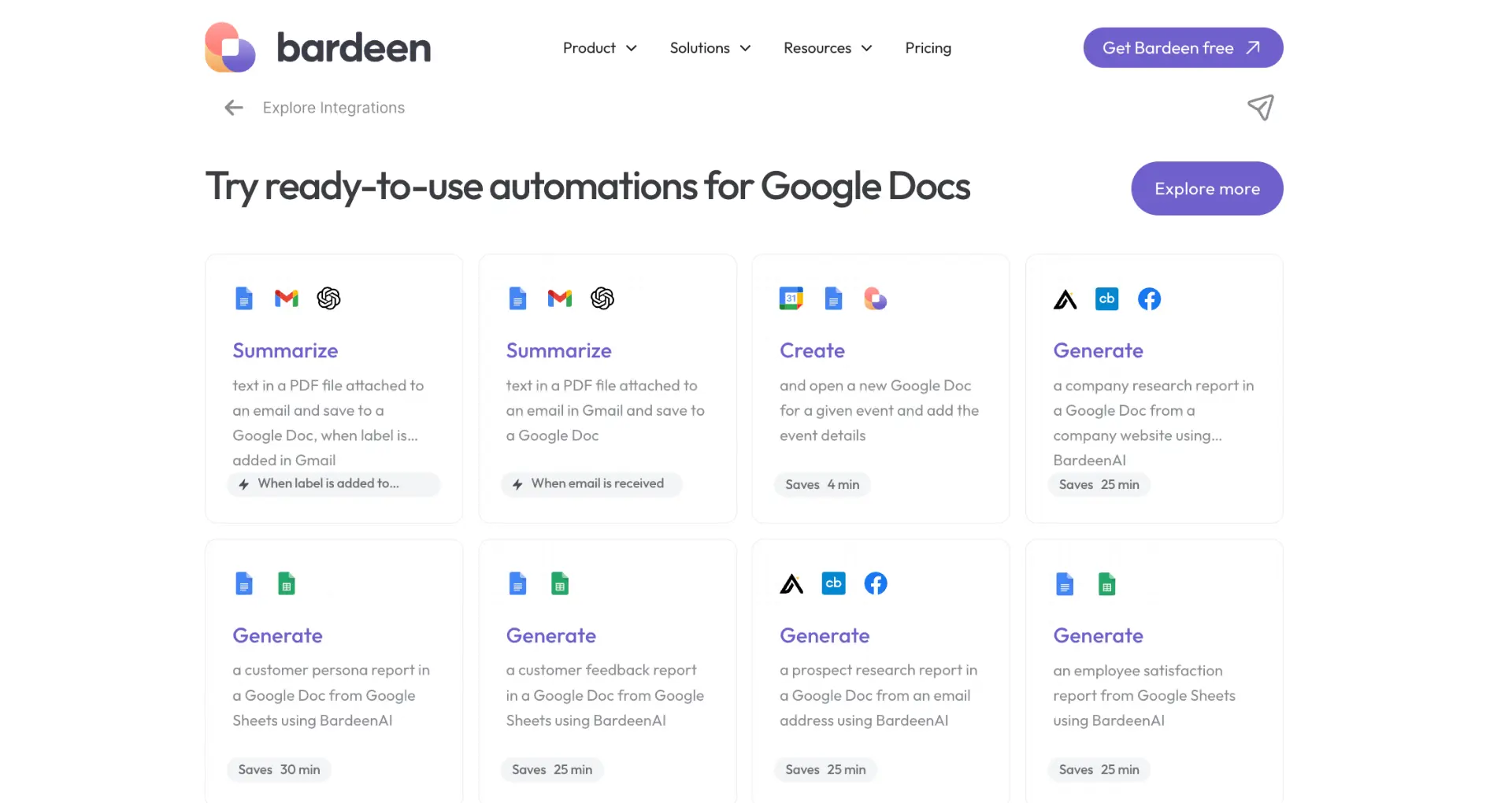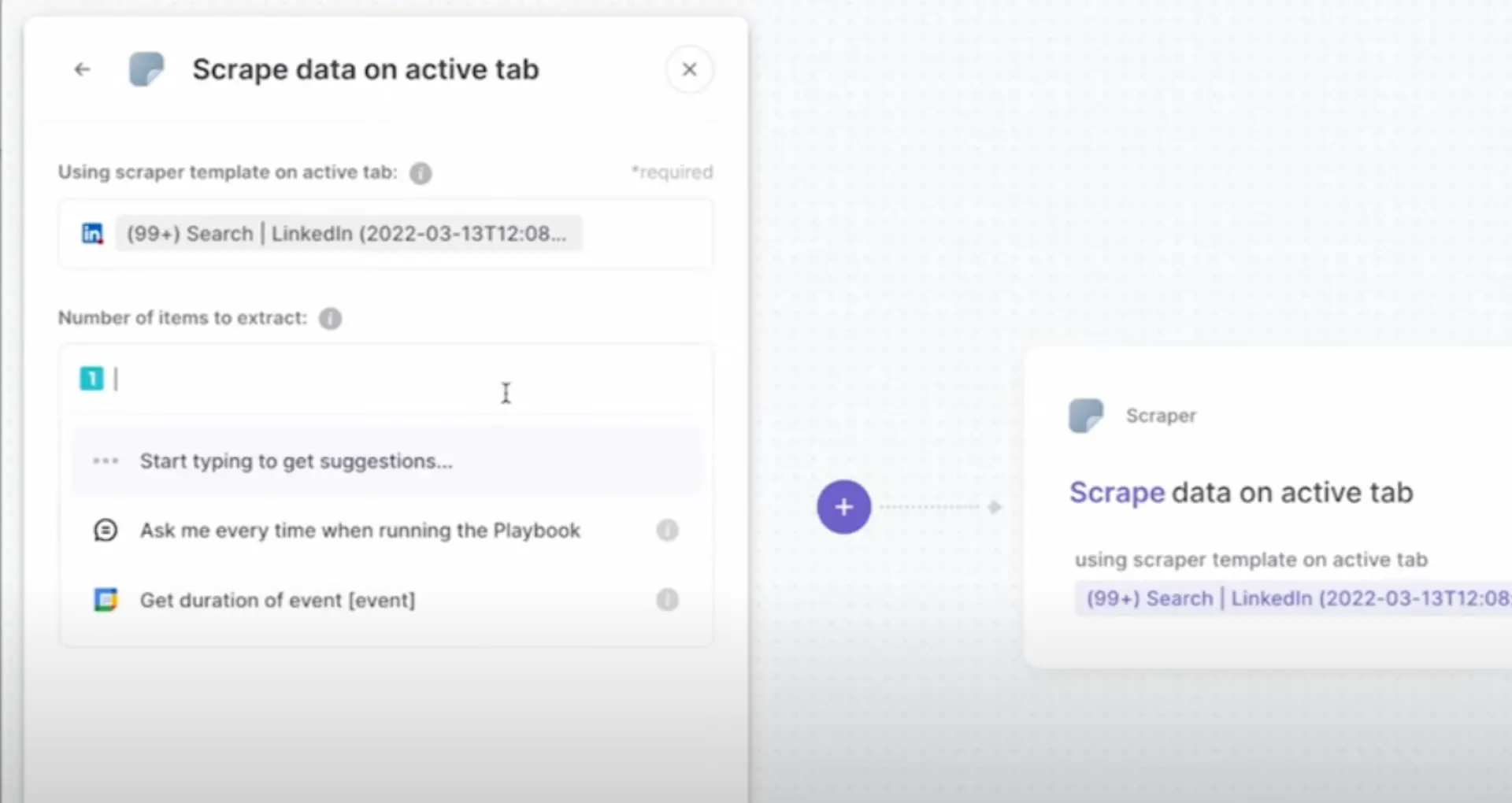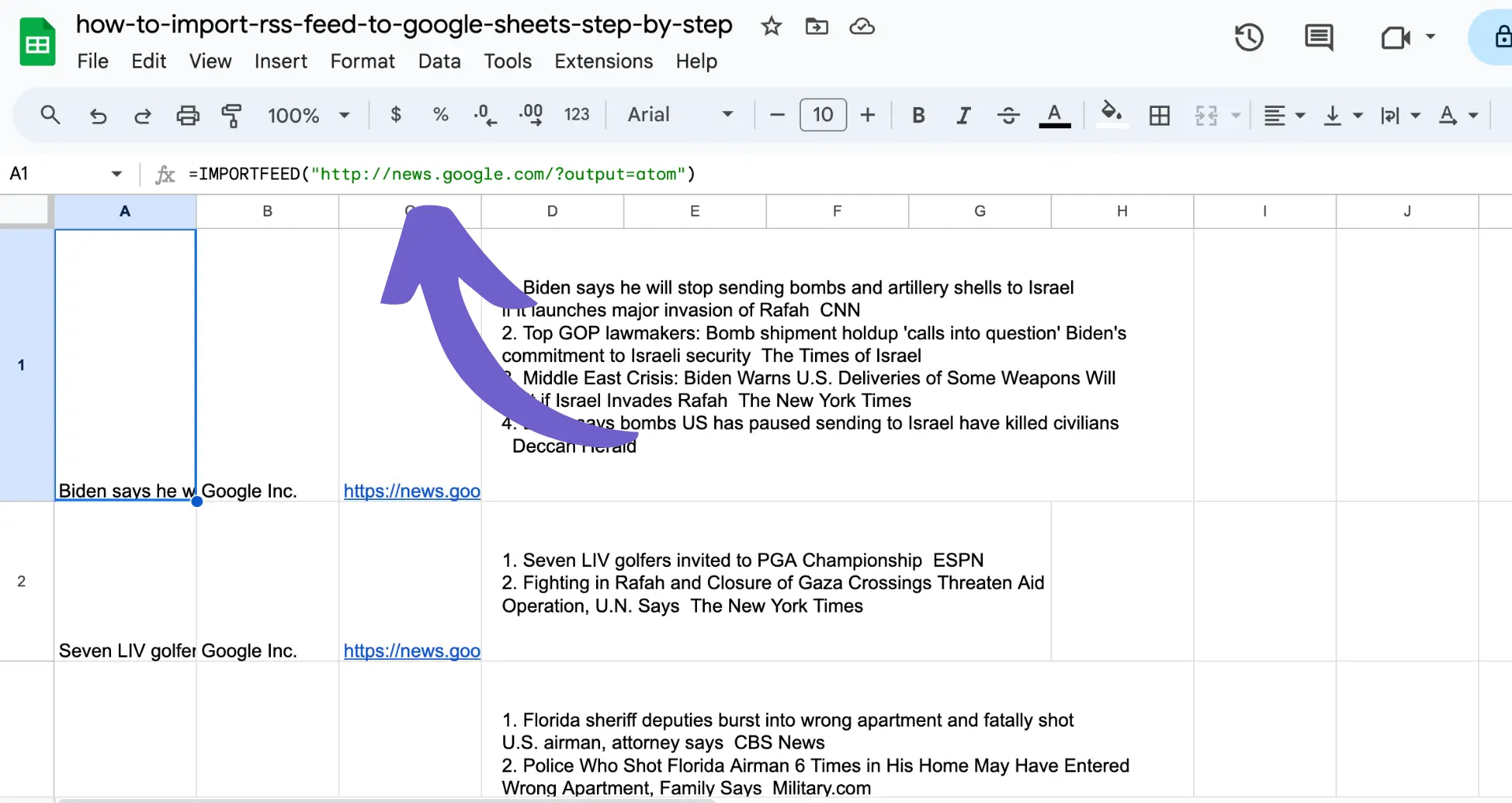





Extracting data from Google Sheets is a crucial skill for businesses and individuals looking to streamline their data management processes in 2024. With the right methods and tools, you can easily pull data from various sources, automate repetitive tasks, and gain valuable insights to drive informed decision-making. In this guide, we'll explore step-by-step methods for extracting data from Google Sheets, including built-in functions, APIs, and third-party integrations, catering to both novice and advanced users.
Data extraction from Google Sheets is a vital skill for businesses and individuals looking to optimize their data management processes. With the right methods, you can easily pull data from various sources, automate repetitive tasks, and gain valuable insights to drive informed decision-making.
There are several methods available for extracting data from Google Sheets, each with its own advantages:
These methods cater to users of all skill levels, from novice to advanced, and offer a range of integration possibilities to suit various business needs. By mastering data extraction techniques in Google Sheets, you can unlock the full potential of your data and make informed decisions to drive your business forward.
Google Sheets offers a variety of built-in functions that make data extraction and manipulation a breeze. These functions allow you to quickly retrieve, transform, and analyze data without the need for complex formulas or scripts. Let's explore some of the most useful functions for data extraction in Google Sheets.
The QUERY function is a powerful tool for extracting and manipulating data in Google Sheets. It allows you to use SQL-like syntax to query your data, filter rows based on conditions, sort data, and perform calculations. With QUERY, you can easily extract specific subsets of data from your spreadsheet.
Here's a step-by-step guide on using the QUERY function:
=QUERY( to start the function.A1:D10."SELECT * WHERE B > 100".The VLOOKUP function is commonly used to search for and retrieve data from a table based on a specified value. It allows you to look up information in a vertically organized table and return a corresponding value from another column.
To use VLOOKUP for data extraction:
=VLOOKUP( to start the function.FALSE for an exact match or TRUE for an approximate match.The IMPORTXML function allows you to extract data from websites by specifying the URL and an XPath query. This function is particularly useful for extracting specific elements or data points from web sources.
To use IMPORTXML:
=IMPORTXML( to start the function.These built-in functions provide a solid foundation for data extraction in Google Sheets. By mastering their usage, you can efficiently pull data from various sources and manipulate it to suit your needs. Experiment with different function combinations and parameters to unlock the full potential of your data extraction workflows.
To further improve your data processes, you can add ChatGPT to Google Sheets. This Bardeen integration helps in summarizing, generating, formatting, and analyzing data. Save time and make your data work smarter.

The Google Sheets API is a powerful tool that allows developers to programmatically access and modify spreadsheet data. By leveraging the API, you can build custom applications and automate complex data management tasks, taking your Google Sheets workflows to the next level.
The Google Sheets API provides a RESTful interface for interacting with spreadsheets. With the API, you can perform a wide range of operations, including:
The API supports both read and write operations, enabling you to retrieve data from spreadsheets and update them programmatically. This opens up a world of possibilities for integrating Google Docs with other applications and automating data-driven processes.

To get started with the Google Sheets API, you need to set up a project in the Google Cloud Console and enable the API. Here's a step-by-step guide:
Authentication is crucial to ensure secure access to your spreadsheet data. The Google Sheets API supports two main authentication methods:
Once you have set up and authenticated your project, you can start making API requests to read and modify spreadsheet data programmatically. The Google Sheets API provides a comprehensive set of endpoints and methods to perform various operations, such as retrieving spreadsheet metadata, reading and writing cell values, and managing sheets and ranges.
By leveraging the power of the Google Sheets API, you can build robust applications that seamlessly integrate with Google Sheets, automate data processing tasks, and unlock advanced data management capabilities. Whether you're building a custom reporting tool, a data synchronization service, or an automated workflow, the Google Sheets API provides the flexibility and control you need to bring your ideas to life. For more automation tips, check out how to automate lead management with Bardeen.
Google Apps Script is a powerful tool that allows you to create custom functions and automate tasks within Google Sheets and other Google applications. By leveraging Apps Script, you can streamline your data extraction processes and save time on repetitive tasks.
Apps Script enables you to write custom functions using JavaScript, which can be used directly within your Google Sheets formulas. These custom functions can perform complex calculations, fetch data from external sources, or manipulate data in ways that are not possible with built-in functions.
To create a custom function, follow these steps:
Custom functions are a great way to extend the functionality of Google Sheets and tailor it to your specific data extraction needs. Check out how to enrich LinkedIn profiles in Google Sheets for more automation ideas.
In addition to custom functions, Apps Script allows you to automate entire workflows and create standalone scripts that can fetch, process, and store data. Here are a few examples of what you can achieve with Apps Script automation:

To create an automation script, you'll need to use the appropriate Google Apps Script services, such as UrlFetchApp for making HTTP requests, Utilities for parsing data, and SpreadsheetApp for interacting with Google Sheets. You can set up triggers to run your script automatically based on time or events.
By combining the power of custom functions and automation scripts, you can create robust data extraction solutions that save you time and effort. Whether you need to pull data from external sources, process large datasets, or automate repetitive tasks, Google Apps Script provides the tools and flexibility to streamline your workflows and make data extraction a breeze. For even more efficiency, consider using Bardeen to connect Excel and automate sequences of actions.
Bardeen offers easy automation of LinkedIn profile info updates in Google Sheets. Save time on data sourcing by using Bardeen to enrich LinkedIn profiles automatically.
While Google Sheets offers a wide range of built-in features and functions, integrating third-party tools can significantly enhance its capabilities and streamline your data extraction processes. These tools can provide additional functionality, such as improved data import options, especially from platforms that may block direct scraping attempts.
Third-party integrations offer several advantages when working with complex data sets in Google Sheets:
One popular third-party tool for Google Sheets is Lido. Lido is a powerful data integration platform that enables you to import data from various sources, including databases, APIs, and web services. By integrating Lido with Google Sheets, you can:
To integrate Lido with Google Sheets, you'll need to set up a Lido account and follow their documentation to establish the connection. Once integrated, you can easily import data from various sources directly into your Google Sheets, saving time and effort.
By leveraging third-party tools like Lido, you can significantly enhance the data extraction and import capabilities of Google Sheets. These integrations allow you to access and work with complex data sets more efficiently, enabling you to focus on analyzing and utilizing the data rather than struggling with manual import processes. For more advanced automation, consider AI web scraping tools.
When extracting data from Google Sheets, it's essential to follow best practices to ensure data accuracy and efficiency. Here are some tips to keep in mind:
When using functions like IMPORTXML for data extraction, be aware of these common errors:
Other common errors include:
By being aware of these common pitfalls and implementing best practices, you can ensure a smooth and reliable data extraction process from Google Sheets. Regular monitoring, testing, and maintenance of your extraction workflows will help you identify and resolve issues promptly, ensuring the accuracy and integrity of your extracted data. Consider using Save time and improve your workflow with web scraper extensions to automate repetitive tasks and ensure data accuracy.









SOC 2 Type II, GDPR and CASA Tier 2 and 3 certified — so you can automate with confidence at any scale.
Bardeen is an automation and workflow platform designed to help GTM teams eliminate manual tasks and streamline processes. It connects and integrates with your favorite tools, enabling you to automate repetitive workflows, manage data across systems, and enhance collaboration.
Bardeen acts as a bridge to enhance and automate workflows. It can reduce your reliance on tools focused on data entry and CRM updating, lead generation and outreach, reporting and analytics, and communication and follow-ups.
Bardeen is ideal for GTM teams across various roles including Sales (SDRs, AEs), Customer Success (CSMs), Revenue Operations, Sales Engineering, and Sales Leadership.
Bardeen integrates broadly with CRMs, communication platforms, lead generation tools, project and task management tools, and customer success tools. These integrations connect workflows and ensure data flows smoothly across systems.
Bardeen supports a wide variety of use cases across different teams, such as:
Sales: Automating lead discovery, enrichment and outreach sequences. Tracking account activity and nurturing target accounts.
Customer Success: Preparing for customer meetings, analyzing engagement metrics, and managing renewals.
Revenue Operations: Monitoring lead status, ensuring data accuracy, and generating detailed activity summaries.
Sales Leadership: Creating competitive analysis reports, monitoring pipeline health, and generating daily/weekly team performance summaries.

